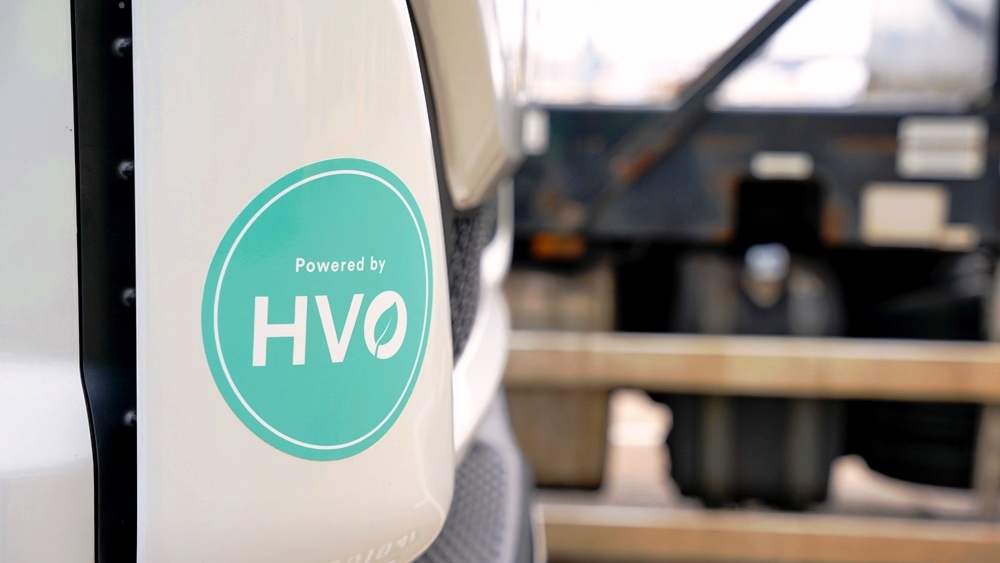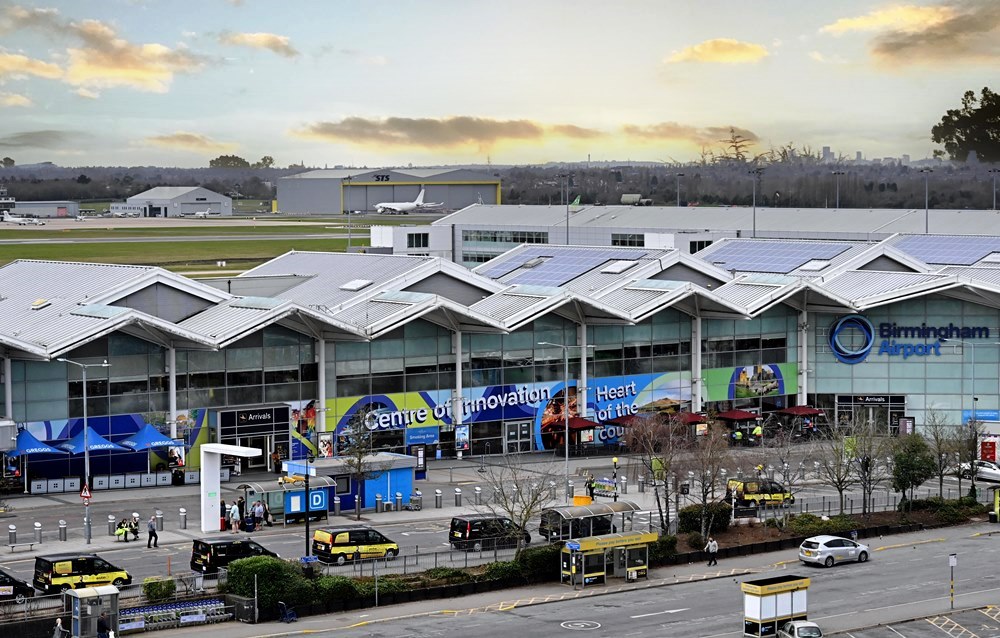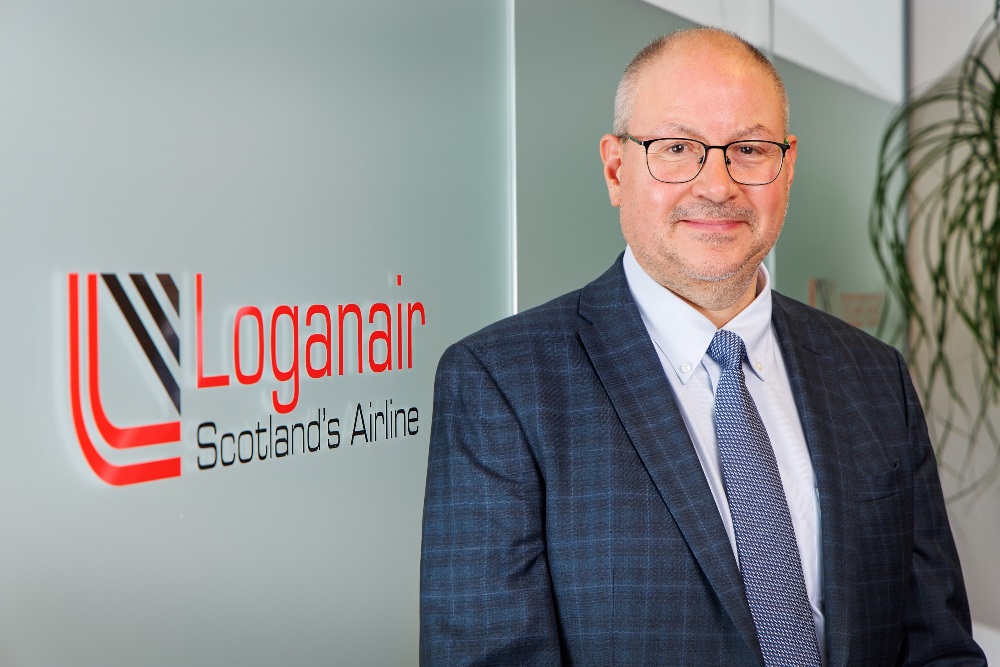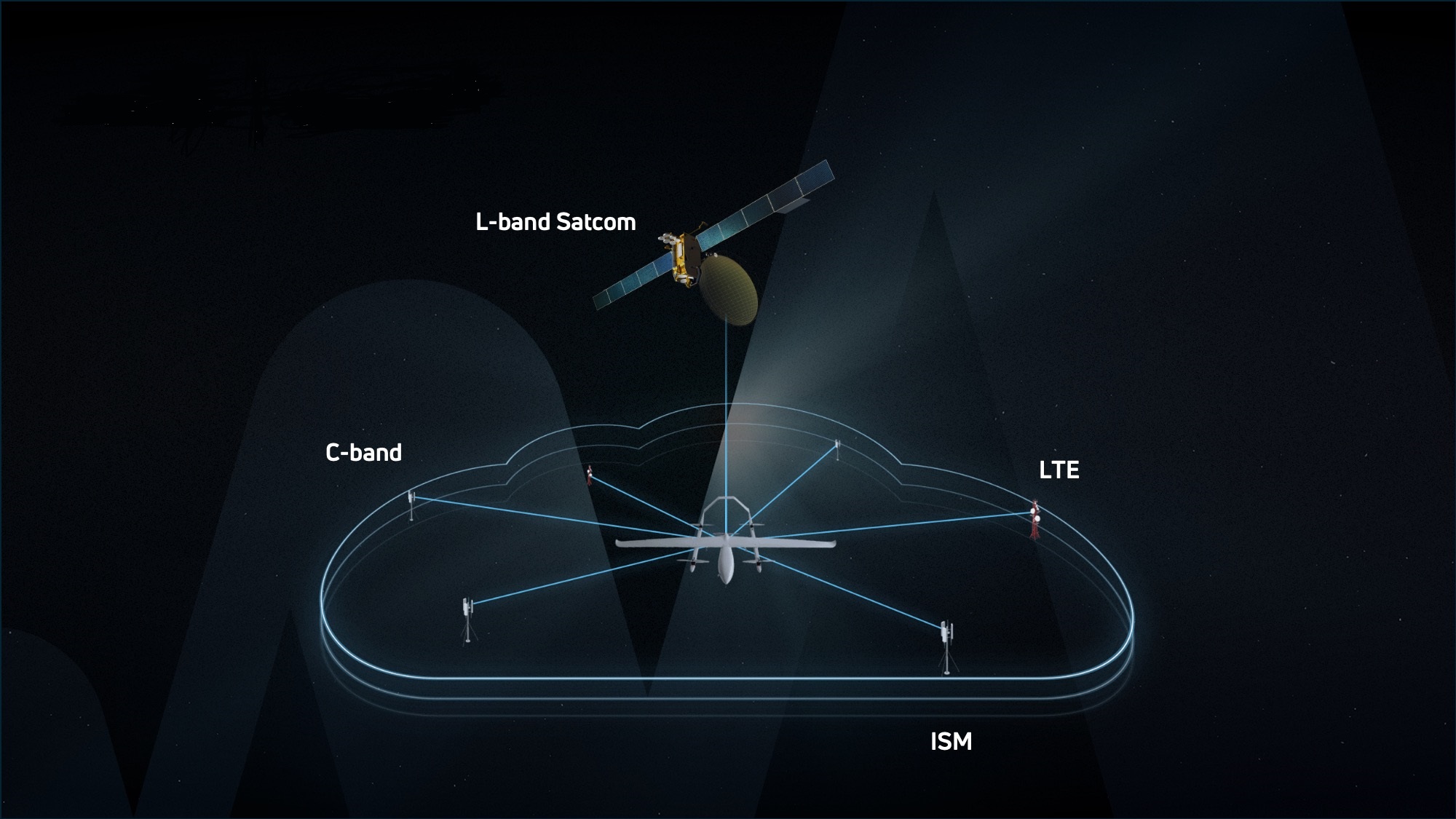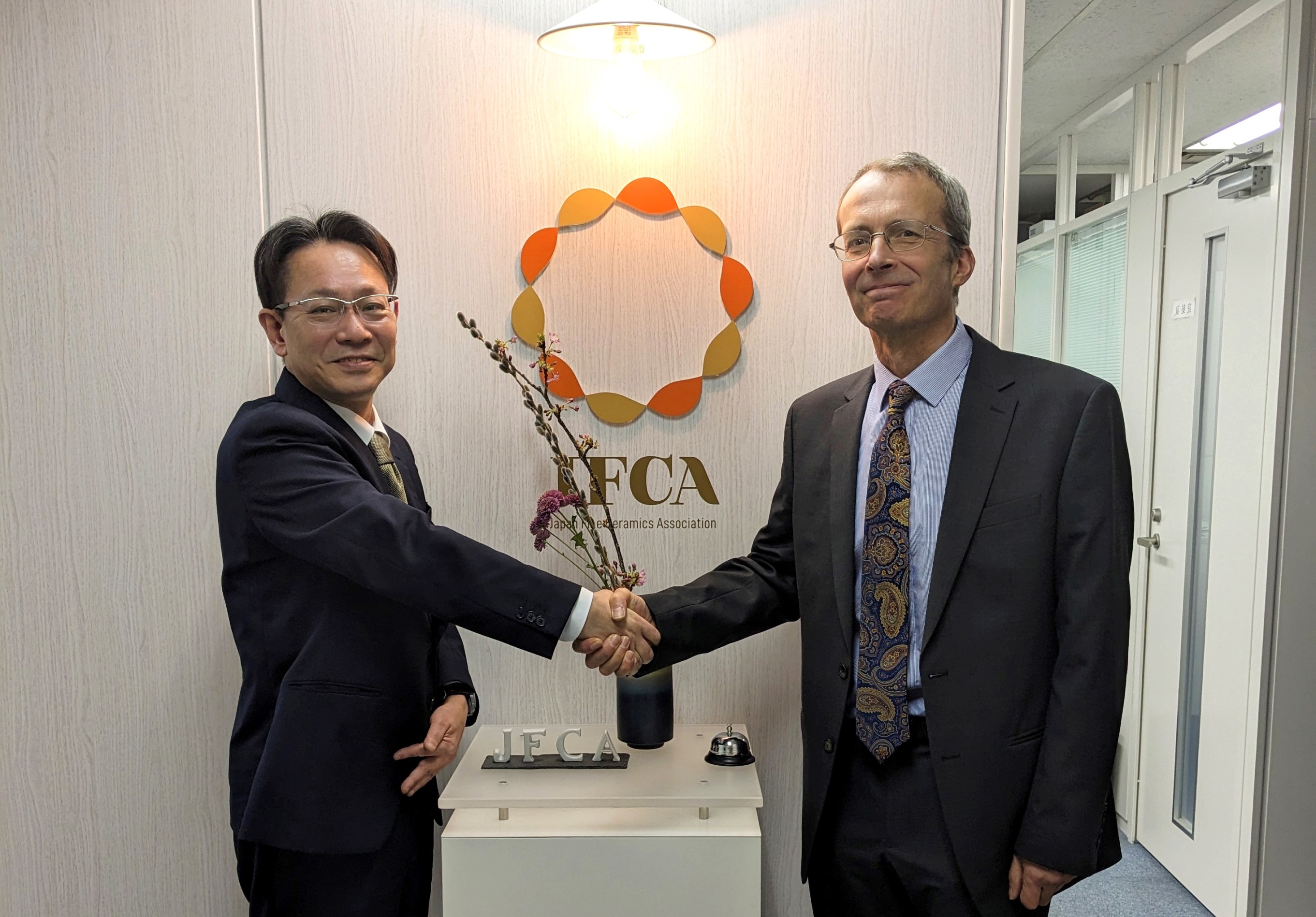Chances of hypersonic travel heat up with new materials discovery
Hypersonic travel means moving at Mach five or above, which is at least five times faster than the speed of sound. When moving at such velocity the heat generated by air and gas in the atmosphere is extremely hot and can have a serious impact on an aircraft or projectile’s structural integrity. That's because the temperatures hitting the aircraft can reach anywhere from 2,000 to 3,000 °C.
The structural problems are primarily caused by two processes called oxidation and ablation. This is the when extremely hot air and gas remove surface layers from the metallic materials of the aircraft or object travelling at such high speeds. To combat the issue materials called ultra-high temperature ceramics (UHTCs) are needed in aero-engines and hypersonic vehicles such as rockets, re-entry spacecraft and defence projectiles.
However, at present, even conventional UHTCs can’t currently satisfy the associated ablation requirements of travelling at such extreme speeds and temperatures. However, the researchers at The University of Manchester’s and the Royce Institute, in collaboration with the Central South University of China, have designed and fabricated a new carbide coating that is vastly superior in resisting temperatures up to 3,000 °C, when compared to existing UHTCs.

Professor Philip Withers (above), Regius Professor from The University of Manchester, said: “Future hypersonic aerospace vehicles offer the potential of a step jump in transit speeds. A hypersonic plane could fly from London to New York in just two hours and would revolutionise both commercial and commuter travel.
“But at present one of the biggest challenges is how to protect critical components such as leading edges, combustors and nose tips so that they survive the severe oxidation and extreme scouring of heat fluxes at such temperatures cause to excess during flight.”
So far, the carbide coating developed by teams in both University of Manchester and Central South University is proving to be 12 times better than the conventional UHTC, Zirconium carbide (ZrC). ZrC is an extremely hard refractory ceramic material commercially used in tool bits for cutting tools.
The much improved performance of the coating is due to its unique structural make-up and features manufactured at the Powder Metallurgy Institute, Central South University and studied in University of Manchester, School of Materials. This includes extremely good heat resistance and massively improved oxidation resistance.
What makes this coating unique is it has been made using a process called reactive melt infiltration (RMI), which dramatically reduces the time needed to make such materials, and has been in reinforced with carbon–carbon composite (C/C composite). This makes it not only strong but extremely resistant to the usual surface degradation.
Professor Ping Xiao, Professor of Materials Science, who led the study at The University of Manchester explains: “Current UHTCs used in extreme environments are limited and it is worthwhile exploring the potential of new single-phase ceramics in terms of reduced evaporation and better oxidation resistance. In addition, it has been shown that introducing such ceramics into carbon fibre- reinforced carbon matrix composites may be an effective way of improving thermal-shock resistance.”
A paper - Ablation-resistant carbide Zr0.8Ti0.2C0.74B0.26 for oxidizing environments up to 3000°C
- has been published in Nature Communications. It is a collaborative research between Profs Ping Xiao and Philip Withers (Royce Institute) in School of Materials, University of Manchester and Dr. Yi Zeng and Prof. Xiang Xiong in Powder Metallurgy Research Institute, Central South University of China.







